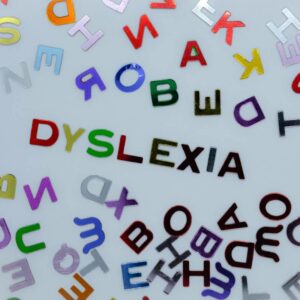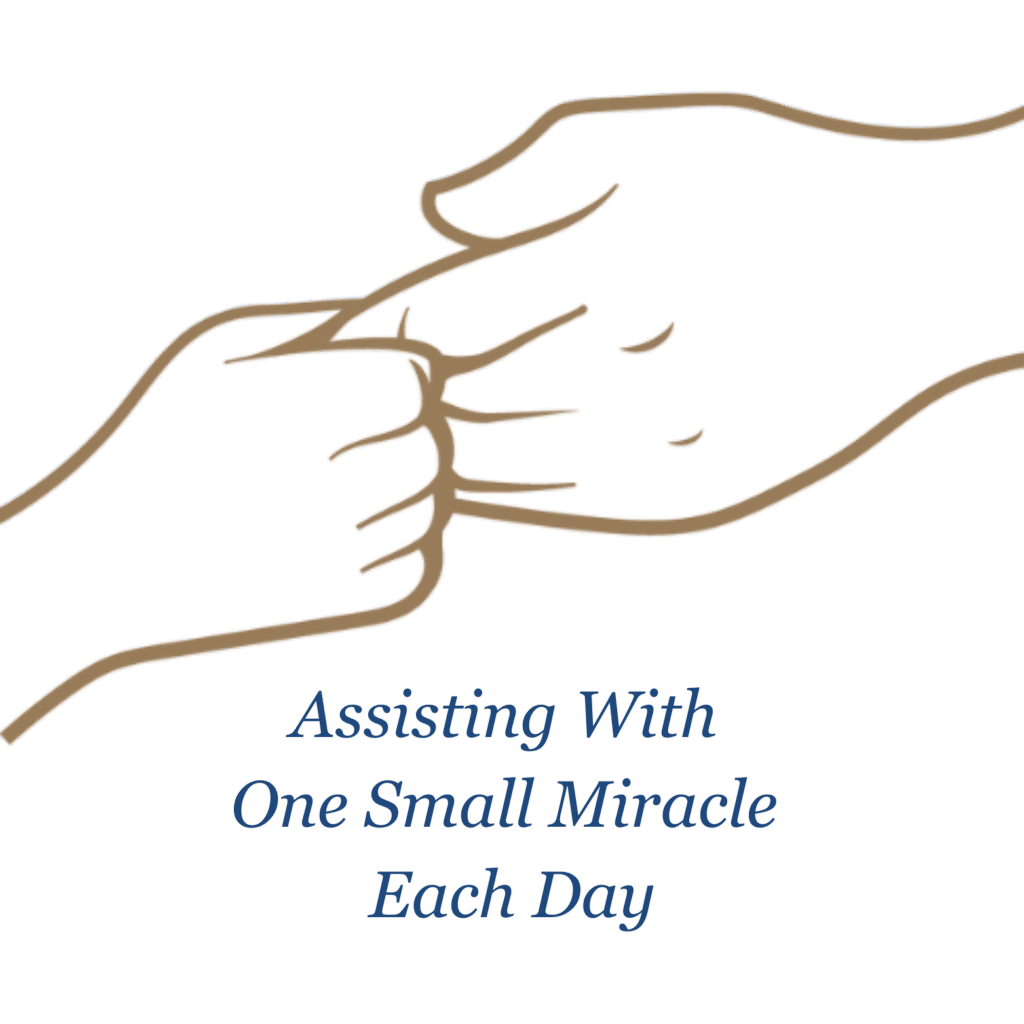Making Learning Environments Reasonable to Manage
In the past decade, Social Psychologists and Neuroscientists have been conducting research and generating empirically supported conclusions that the ideas of grades, IQ, and standardized test scores are not the most important indicators of an individual’s success later in life.
Yet in most schools today, the notion is that behaviors observed as failures are how far away a child’s cognitive abilities and academic skills reside from “average.” Children that struggle in the classroom are often thought of as “broken,” requiring a label. However, as a result of advanced brain imaging techniques, neuroscience has shown us that no two children’s brains are alike. Therefore, being “different” does not mean one is “broken”; it is the new normal. “Average” is simply the mean of all the different brains.
Continuums along “average” exist for all cognitive (neuropsychological) constructs, attentional and executive function skills, character traits (such as wit and “grit”), emotional regulation constructs (anxiety, OCD, and negative mood), and personality traits (openness, conscientiousness, extraversion, agreeableness, and neuroticism). Unfortunately (or fortunately), no one has average levels of development across all of these domains. We are all a mix of different levels of variation around average. Yet in most cases, teachers teach everyone the same way, assuming that each child possesses the same tool kit (learning style). In other words, they are teaching to the “average.”
At times, children believed to be “smart,” struggle academically, exhibit behavioral issues, disrupt family systems, and have trouble integrating with peers. They are then labeled as lazy, oppositional, unmotivated, mavericks, non-conformers, rebels, ungrateful, and the list goes on and on. In many cases, they can become anxious, depressed, and show exaggerated mood volatility. Many even resort to self-medicating as teens and young adults.
Despite their labels and challenges, some individuals survive school and go on to do great things. However, most do not pursue education to the fullest because their constellation of “traits” does not fit with the situation they are forced to participate in day after day, month and after month, year after year (the typical classroom environment).
When an adult finds they do not possess the personality style, attentional abilities, and cognitive skill sets to manage a job, the employer quickly notices and must act (e.g., consequences, write-ups, reprimands, etc.). This usually results in the employee not enjoying their job, which can lead to them being fired, quitting, or worse, staying in a “bad place” and feeling miserable. In turn, anxiety, anger, and depression are typical emotional outcomes.
Children who struggle to meet the demands of school, because it is assumed their brains are average in all areas, do not have the option of quitting. A second grader who lacks the cognitive hardware to be a good reader, as smart as they may be, cannot quit school. They are told not to worry; they only have 10 years left (insert sarcasm)! For the remainder of their school career, these children have to complete what feels to them like a “jail sentence.” Is there any surprise why this results in emotional dysregulation and poor attention?
Everyone that struggles in school is not “ADHD.” In most cases, any observed “ADHD” behaviors are the result of a child being sentenced to sit through a school day, when teachers assume they have average or better cognitive hardware in all areas, and they simply do not.
Today, more than any other time in history, we have the diagnostic skills to understand a child’s profile of strengths and weaknesses in order to craft an environment that nurtures them into adulthood in the most effective manner. In the ideal world, in the quest to gain higher-level knowledge (learning), strengths should be capitalized on, and weaknesses are remediated and/or taught around. If a learning environment is managed properly, self-esteem, optimism, and good self-regulation skills have a much more fertile environment to grow in. Simply put, we must not put children in situations that are not reasonable for them to manage.
In his upcoming book, The End of Average, Harvard’s Todd Rose explains how no one is truly average. Yet, in our schools, workplace, etc. the mythical “average person” still exists. Get his cutting edge book out January 16, 2016 and read how the concept of “average” is scientifically wrong!
For more information, please also see Todd’s 8×8 presentation at Harvard University:






